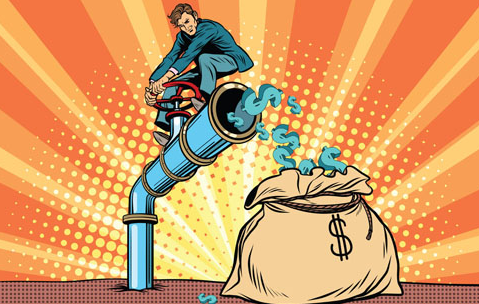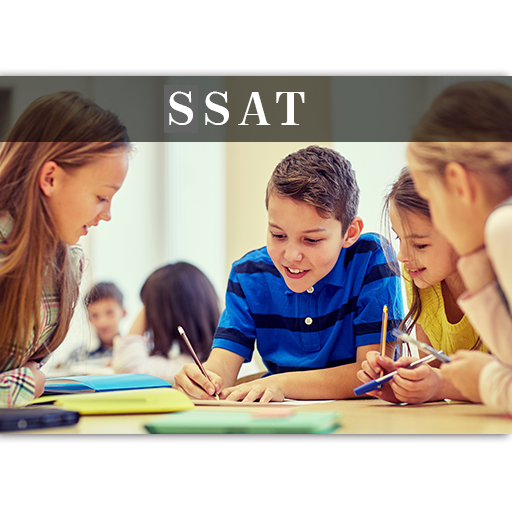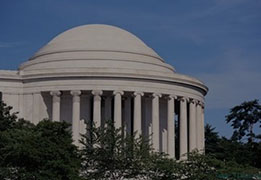AP生物模考题
注意事项:请考生1小时内完成测试,完成测试后扫描片尾二维码添加微信进行提交答案获取正确率
1. The resting membrane potential depends on which of the following?
I. Active transport
II. Selective permeability
III. Differential distribution of ions across the axonal membrane
(A) III only
(B) I and II only
(C) II and III only
(D) I, II, and III
2. The Krebs cycle in humans occurs in the
(A) mitochondrial matrix
(B) inner mitochondrial membrane
(C) outer mitochondrial membrane
(D) intermembrane space
3. A heterotroph
(A) obtains its energy from sunlight, harnessed by pigments
(B) obtains its energy by catabolizing organic molecules
(C) makes organic molecules from CO2
(D) obtains its energy by consuming exclusively autotrophs
4. Regarding meiosis and mitosis, one difference between the two forms of
cellular reproduction is that in meiosis
(A) there is one round of cell division, whereas in mitosis there are two
rounds of cell division
(B) separation of sister chromatids occurs during the second division,
whereas in mitosis separation of sister chromatids occurs during the
first division
(C) chromosomes are replicated during interphase, whereas in mitosis
chromosomes are replicated during the first phase of mitosis
(D) spindle fibers form during prophase, whereas in mitosis the spindle
fibers form during metaphase
5. A feature of amino acids that is NOT found in carbohydrates is the
presence of
(A) carbon atoms
(B) oxygen atoms
(C) nitrogen atoms
(D) hydrogen atoms
6. Which of the following is NOT a characteristic of bacteria?
(A) Circular double-stranded DNA
(B) Membrane-bound cellular organelles
(C) Plasma membrane consisting of lipids and proteins
(D) Ribosomes that synthesize polypeptides
7. Which of the following best explains why a population is described as the
evolutionary unit?
(A) Genetic changes can only occur at the population level.
(B) The gene pool in a population remains fixed over time.
(C) Natural selection affects individuals, not populations.
(D) Individuals cannot evolve, but populations can.
8. The endocrine system maintains homeostasis using many feedback
mechanisms. Which of the following is an example of positive feedback?
(A) Infant suckling causes a mother’s brain to release oxytocin, which in
turn stimulates milk production.
(B) An enzyme is allosterically inhibited by the product of the reaction it
catalyzes.
(C) When ATP is abundant the rate of glycolysis decreases.
(D) When blood sugar levels decrease to normal after a meal, insulin is no longer secreted.
9. A scientist carries out a cross between two guinea pigs, both of which have black coats. Black hair coat is dominant over white hair coat. Three quarters of the offspring have black coats, and one quarter have white coats. The genotypes of the parents were most likely
(A) bb × bb
(B) Bb × Bb
(C) Bb × bb
(D) BB × Bb
10. A large island is devastated by a volcanic eruption. Most of the horses die except for the heaviest males and heaviest females of the group. They survive, reproduce, and perpetuate the population. If weight is a highlyheritable trait, which graph represents the change in population before and after the eruption?
(A) A higher mean weight compared with their parents
(B) A lower mean weight compared with their parents
(C) The same mean weight as members of the original population
(D) A higher mean weight compared with members of the original population
11. All of the following play a role in morphogenesis EXCEPT
(A) apoptosis
(B) homeotic genes
(C) operons
(D) inductive effects
12. During the period when life is believed to have begun, the atmosphere on primitive Earth contained abundant amounts of all the following gases EXCEPT
(A) oxygen
(B) hydrogen
(C) ammonia
(D) methane
Questions 13–14 refer to the following passage.
The digestive system in humans can be divided into two parts: the alimentary
canal and the accessory organs. The canal is where the food actually passes
during its transition into waste. The accessory organs are any organs that aid in
the digestion by supplying the organs in the alimentary canal with digestive
hormones and enzymes.
13. The small intestine is the main site of absorption. It can accomplish it so efficiently because of villi and microvilli that sculpt the membrane into hair-like projections. They likely aid in reabsorption by
(A) increasing the surface area of the small intestine
(B) decreasing the surface area of the small intestine
(C) making the small intestine more hydrophilic
(D) making the small intestine more hydrophobic
14. The pancreas is a major accessory organ in the digestive system. What is its likely function?
(A) Moistening the food as it passes through
(B) Removing the excess water from the food waste
(C) Making enzymes that breakdown macromolecules
(D) Preventing the food from entering the small intestine after it leaves the stomach
15. In animal cells, which of the following represents the most likely pathway that a secretory protein takes as it is synthesized in a cell?
(A) Plasma membrane–Golgi apparatus–ribosome–secretory vesicle–rough ER
(B) Ribosome–Golgi apparatus–rough ER–secretory vesicle–plasma membrane
(C) Plasma membrane–Golgi apparatus–ribosome–secretory vesicle–rough ER
(D) Ribosome–rough ER–Golgi apparatus–secretory vesicle–plasma membrane
16. All of the following statements are correct regarding alleles EXCEPT
(A) alleles are alternative forms of the same gene
(B) alleles are found on corresponding loci of homologous chromosomes
(C) a gene can have more than two alleles
(D) an individual with two identical alleles is said to be heterozygous with respect to that gene
17. Once specific genes, such as the gene coding for ampicillin, have been incorporated into a plasmid, the plasmid may be cloned by
(A) inserting it into a virus to generate multiple copies
(B) treating it with a restriction enzyme in order to cut the molecule into small pieces
(C) inserting it into a suitable bacterium in order to produce multiple copies
(D) running it on a gel electrophoresis in order to determine the size of the gene of interest
18. Although mutations occur at a regular and predictable rate, which of the following statements is the LEAST likely reason the frequency of mutation often appears to be low?
(A) Some mutations produce alleles that are recessive and may not be expressed.
(B) Some undesirable phenotypic traits may be prevented from reproducing.
(C) Some mutations cause such drastic phenotypic changes that they are soon removed from the gene pool.
(D) The predictable rate of mutation results in ongoing variability in a gene pool.
19. A scientist wants to test the effect of temperature on seed germination. Which of the following should be part of the experimental design?
(A) Use temperature as the dependent variable and alter the germination times
(B) Use temperature as the independent variable and measure the rate of germination
(C) Use temperature as the controlled variable and keep everything identical between groups
(D) Use the variable natural outside temperature as a control group
20. Which of the following best accounts for the ability of legumes to grow well in nitrogen-poor soils?
(A) These plants make their own proteins.
(B) These plants have a mutualistic relationship with nitrogen-fixing bacteria.
(C) These plants are capable of directly converting nitrogen gas into nitrates.
(D) These plants do not require nitrogen to make plant proteins.
long free-response question
1. The cell membrane is an important structural feature of a nerve cell.
(a) Describe the role of the sodium potassium pump in maintaining the
resting membrane potential.
(b) Discuss ion flow during an action potential.
(c) Predict the outcome on action potentials if a cell could not make
voltage-gated sodium channels.
(d) Explain how myelin affects the speed of an action potential.
short free-response questions
1. Cell size is limited by the surface area-to-volume ratio of the cell
membrane.
(a) Discuss why cell size is limited by this ratio.
(b) Describe two adaptations that increase surface area in organisms.
(c) Describe the difference in how small polar and small nonpolar
molecules cross cell membranes
2. Discuss the Krebs cycle and the electron transport chain, and
chemiosmosis.
(a) Explain why these steps are considered aerobic processes.
(b) Discuss the location at which each stage occurs
微信扫描二维码获取答案:

 喜欢 [0]
喜欢 [0] 相关推荐

- How to produce? 开源节流
知识点 2023-02-15

- AP生物模考题
知识点 2023-01-18

- what to produce? 商人逐利
知识点 2023-01-10

- Questions to be answer 谁来回答这三个问题?
知识点 2023-01-09









